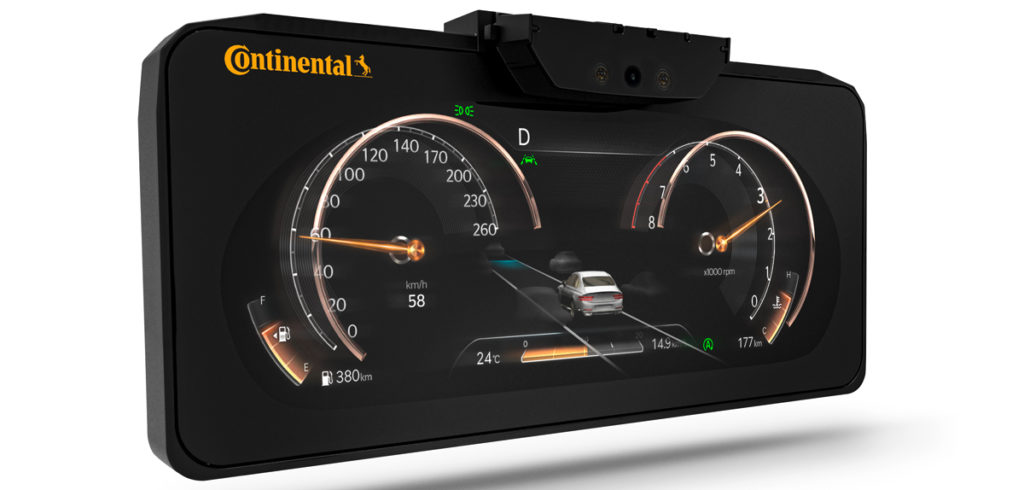Continental is launching a display featuring autostereoscopic 3D technology, to be fitted in the HMC Genesis GV80.
The screen displays three-dimensional scales, pointers and objects including a stop sign warning in the driver’s line of sight.
No special glasses are required to see the three-dimensional warning sign as Continental uses parallax barriers.
The slanted slats that divide the image as if looking at real objects provide slightly offset views for the left and right eye, resulting in a three-dimensional image.
The interior camera detects the driver’s line of sight and adjusts the 3D views to their head position.
To prevent drivers from focusing on the 3D screen too much, the camera also has attention detection to look out for distraction or fatigue.
With 3D visualization, Continental is focused on stopping the driver being overloaded with information provided by advanced driver assistance systems, displays, communication services and infotainment applications.
Dr Frank Rabe, head of the human machine interface business unit, said, “With our volume-production display featuring autostereoscopic 3D technology, we are raising human-machine interaction to a whole new level and laying the foundations for intuitive communication in the connected cockpit of tomorrow.”
It is predicted that in the future, only a small number of control units will be required for in-vehicle input and output devices.
Continental says its Cross Domain Hub is a high performance computer and the basis of its 3D display in the HMC Genesis.
The intention is to move away from numerous individual control units to a few high performance computers.
The next generation of displays will be integrated into a single unit, with the driver managing content across multiple displays.
In automated driving mode, the displays merge across the cockpit and offer services and apps previously only available to front passengers.
Rear seat passengers will also be able to enjoy 3D, as Continental is developing a display based on 3D lightfield technology from Silicon Valley based Leia Inc.
The technology does not need cameras detecting head movement or 3D glasses, saving weight, space and costs, while opening up a world of digital services to passengers.
The system is planned for production by 2022.



